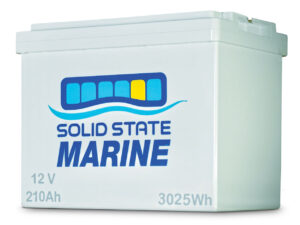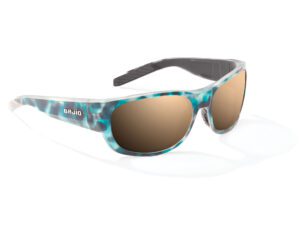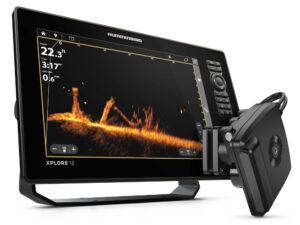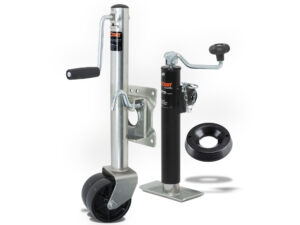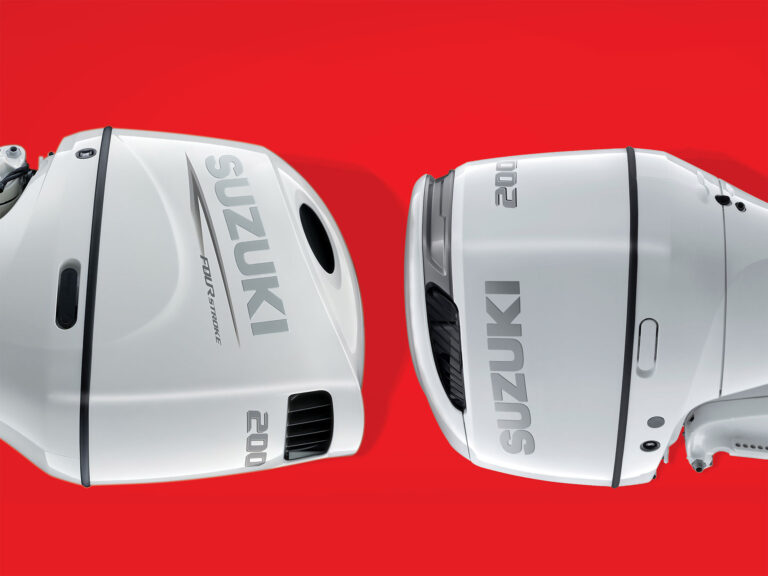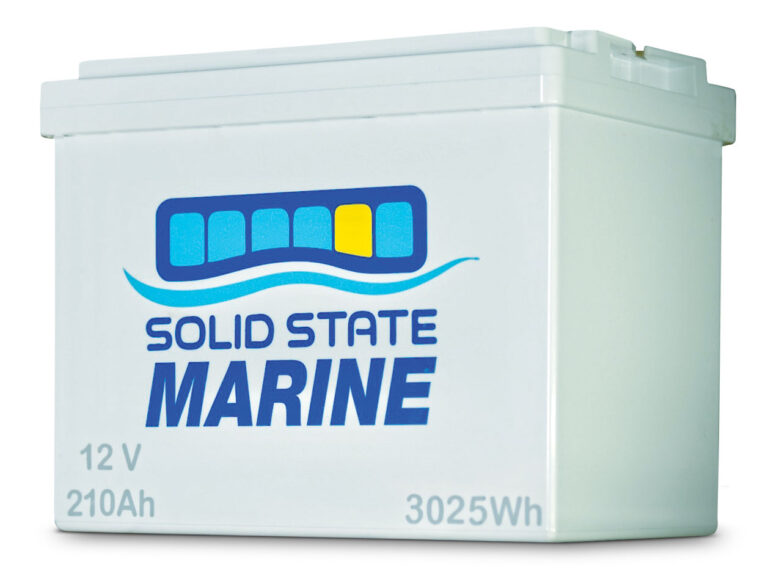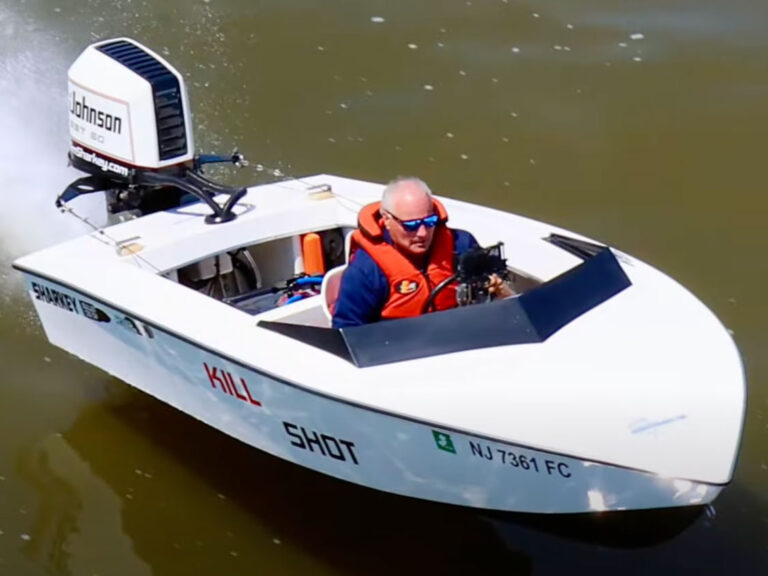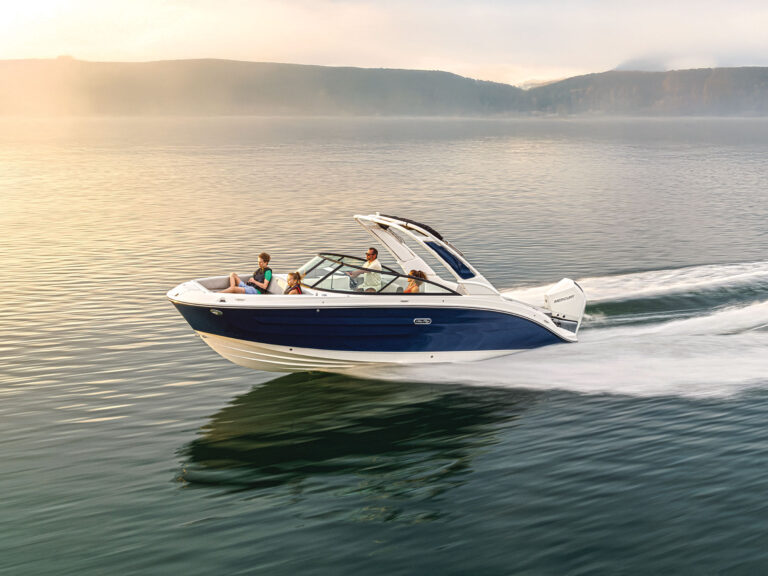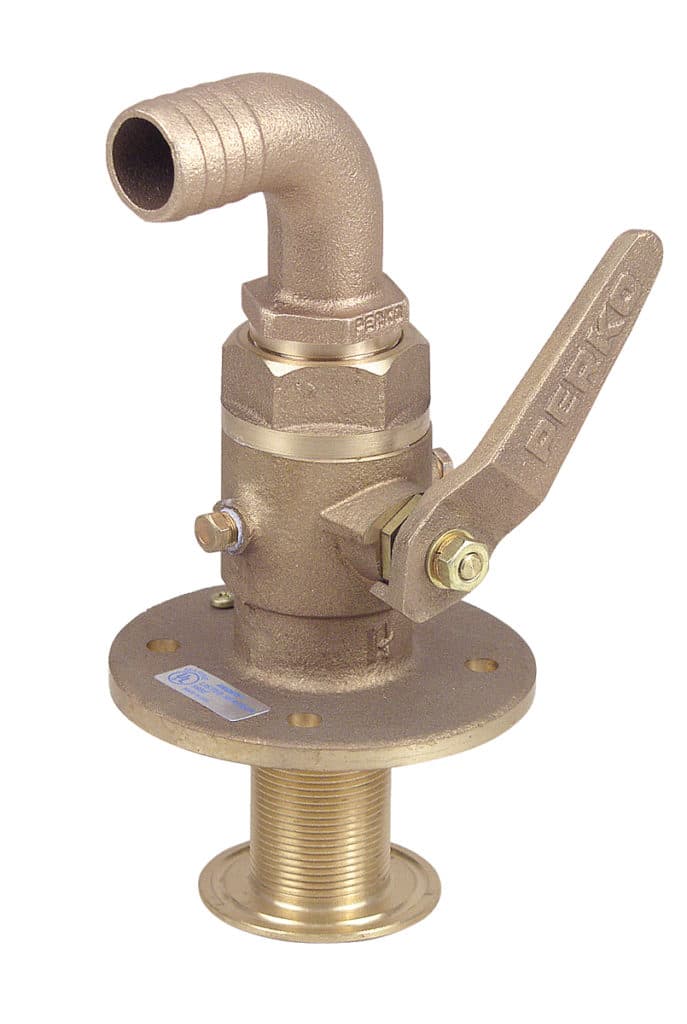
This intake through which water from lake, bay or sea is fed to the pump is crucial. The best systems are fitted with a proper seacock, not just a valve. Unlike a valve, a seacock incorporates a mounting flange to be used with a backing plate plus a grease fitting, can be disassembled for service, and has a handle that indicates the open and closed positions at a glance. If metal, it will have a stud for attaching a bonding wire. Shared Intakes
There are many successful washdown installations that share a raw-water intake with a livewell system. This is accomplished by installing a T-fitting or Y-valve on the intake hose. The advantage is the use of one through-hull fitting instead of two. A disadvantage is possible reduced pressure to either system when the other is operating.
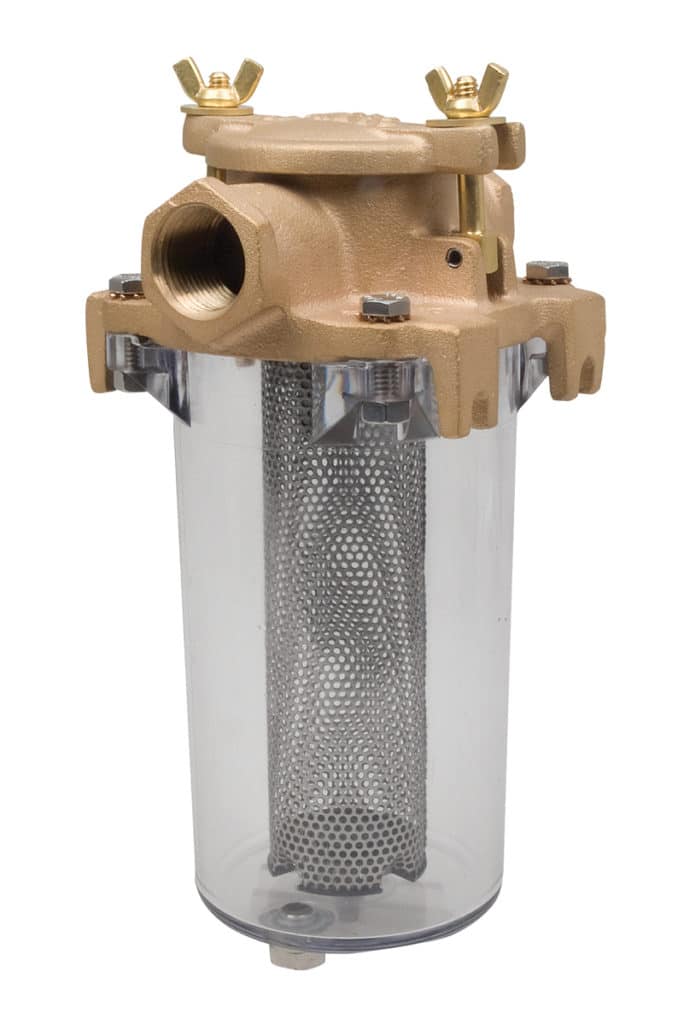
A strainer helps ensure reliability. So-called “scoop” strainers screw directly into the seacock and fasten to the bottom of the hull. There are also strainers, known as “basket strainers,” that install in-line on the intake hose run. Using a scoop means fewer connections, and fewer opportunities for leaks; using a basket makes clearing an obstruction easier.
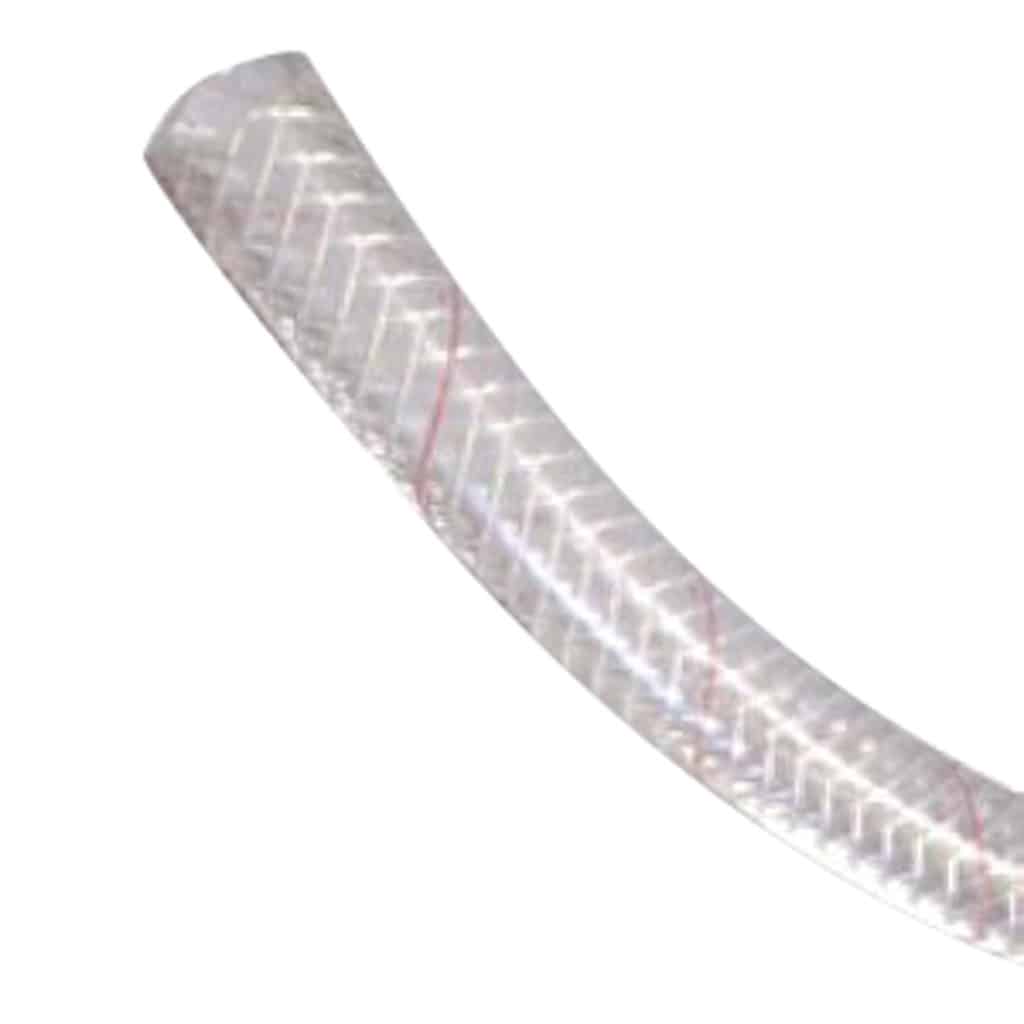
This should be a nylon-reinforced, smoothbore hose rated to not collapse under the pressure of the pump. Many seasoned boaters prefer expensive “sanitation” hose for washdown use, though clear, reinforced hose allows one to see if any detritus has been sucked up. The hose should be double-clamped to both the seacock and the pump intake. Do not use rigid tubing for this hose run: It’s not flexible enough.
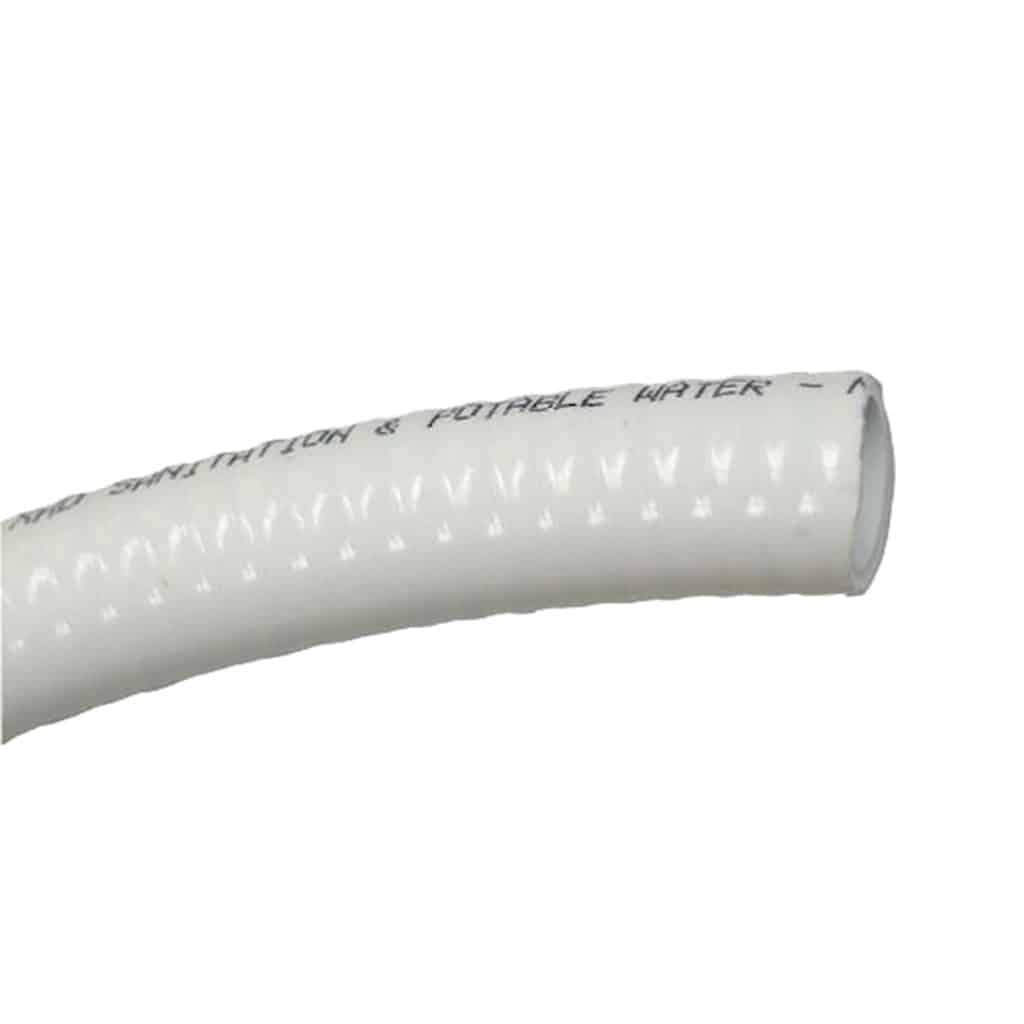
While the same hose used at the through-hull may be used for supply, rigid tubing is often used to carry water from the pump to the spigot. Tubing doesn’t collapse and is of small diameter, making it easy to run and install. Tubing can become brittle due to ultraviolet light exposure, so be sure its run is concealed — or wrap exposed tubing in tape or run it inside looming — where it passes beneath or behind hawseholes or other places where sunlight can “sneak” in.
Typically installed in order to hose down the self-bailing cockpit of a fishing boat, or as a means to clear stinky mud from anchor and chain before stowing them aboard, raw-water washdown systems add convenience for boaters. Here are some points to consider whether retrofitting your current boat or assessing the quality of the washdown system offered as an accessory aboard a boat you are buying.
Quick Tip: Always close all seacocks when leaving the boat unattended.

